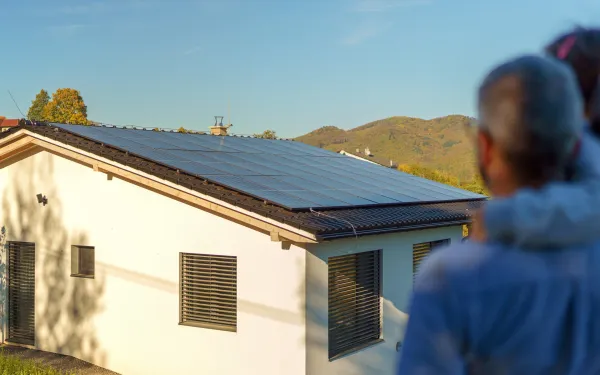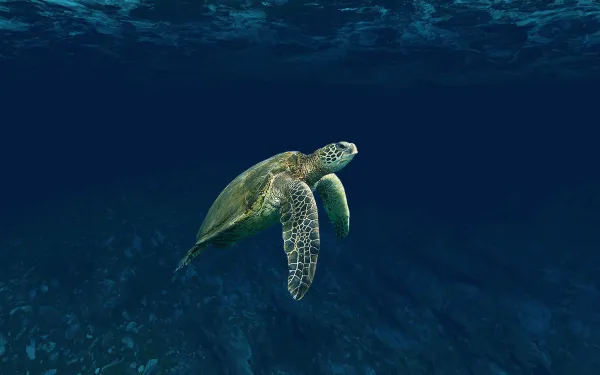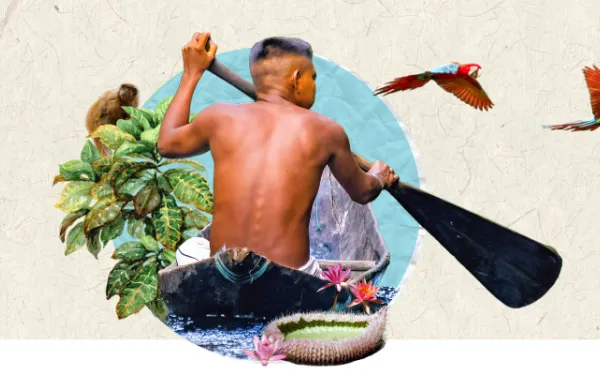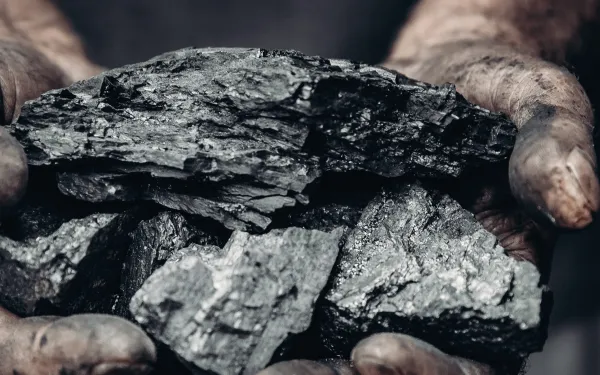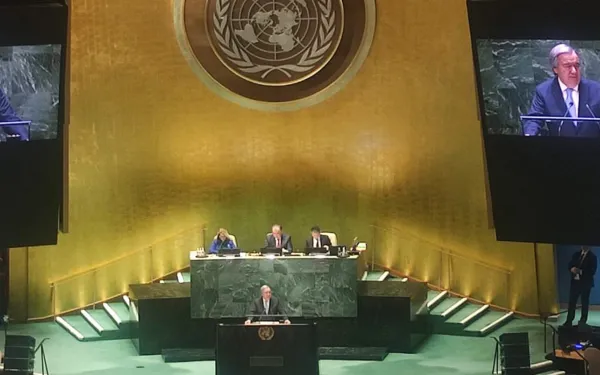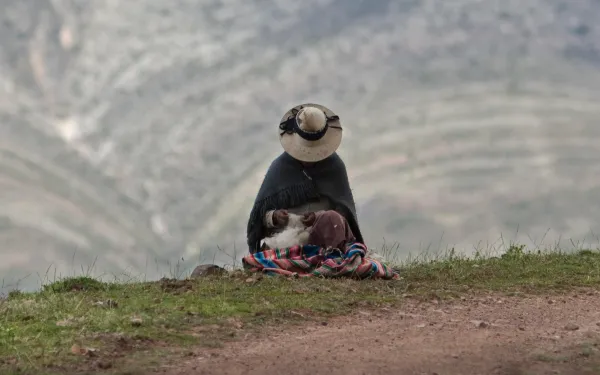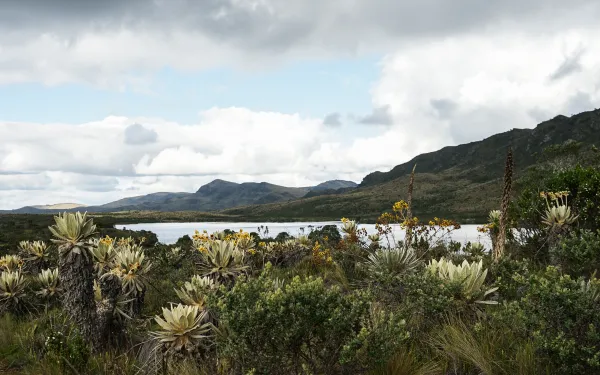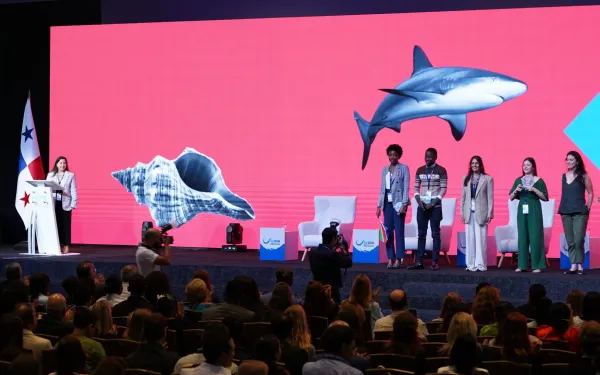
Climate finance: Questions and answers
The climate crisis knows no borders. It impacts people, ecosystems and species around the world. Addressing this global crisis requires profound and innovative transformations in all facets of human life: the production of energy, food and other goods; the design and construction of infrastructure; the use and management of terrestrial, marine and freshwater habitats; the transport of people and products; and more. These systemic changes demand financial resources and sound investments. This is why we hear time and again that addressing the climate crisis is costly and requires financing. Climate finance is a complicated topic, and so we offer you a glimpse of the basics. What do we mean by climate finance? The United Nations Framework Convention on Climate Change (UNFCCC) describes climate finance as the type of local, national or transnational finance used to support and implement climate change mitigation and adaptation actions with financial resources from public, private and alternative sources. These resources are defined as "new and additional" and cannot include those previously committed, for example, for official development assistance. To better understand this definition, we can point out that climate finance is captured and used to reduce greenhouse gas (GHG) emissions and enhance carbon sinks, or seeks to reduce vulnerability, as well as to maintain and increase the resilience of human and ecological systems to the negative effects of the climate crisis. Why is climate finance important? To echo UN Climate Change Executive Secretary Simon Stiell's message at the Sustainable Investment Forum, "We cannot achieve our climate goals without finance. Whether we are talking about transitioning to renewable energy, improving energy efficiency or protecting vulnerable communities from the effects of climate change, all of these efforts require significant investment." Climate finance impacts everything from national policies to changes occurring at the local level that make a concrete difference in people's lives. "Climate finance is ultimately about what we as societies value: the world we want to live in and the lives and hardships we can save by channeling our money into building resilience to the ravages of climate change," Stiell said in his speech. Financing by and for whom? The impacts of the climate crisis are inversely proportional to the weight of responsibility, in that the countries historically responsible for the highest levels of GHG emissions are often the least affected. This is why the UNFCCC advocates that developed countries, those with the most economic resources, should financially assist the least developed and most vulnerable countries. This is what the principle of "common but differentiated responsibilities and respective capabilities" established in the Convention is all about. On the other hand, the Paris Agreement—a legally binding international treaty in force since November 2016—reaffirms the obligation of developed countries in addition to promoting, for the first time, voluntary contributions from other States. It further provides that developed countries should continue to take the lead in mobilizing climate finance from a wide variety of sources, instruments and channels, taking into account the important role of public funds, as well as the needs and priorities of developing countries. It’s key to note that this mobilization of finance should represent a progression from previous efforts. What climate finance mechanisms exist? Under the UNFCCC, there are three main mechanisms for climate finance to reach nations, created for different purposes and with different scopes: Global Environment Facility (GEF): Grants financial resources to developing countries or countries with economies in transition to meet the objectives of international environmental conventions and agreements. It also manages the Special Climate Change Fund and the Least Developed Countries Fund. Adaptation Fund: Created as a financial instrument for adaptation and resilience in those countries that are part of the Kyoto Protocol. Green Climate Fund (GCF): Created with the objective of financing mitigation and adaptation programs and projects aimed at low-emission and climate-resilient development. It is the main multilateral climate finance entity worldwide. How much financing do we need? In the framework of the UN climate negotiations in 2009, developed countries committed to transfer $100 billion per year to developing countries by 2020 (target extended to 2025 in the Paris Agreement). But this amount has not been achieved. For example, in 2016 they only reached $58.5 billion and, although the amount increased significantly for 2019, they only reached $79.6 billion. In that sense, to meet the goal of net zero emissions by 2050, the Climate Policy Initiative organization estimates that global financing of $4.35 trillion is needed by 2030 (when the 2020 estimate was only $632 billion dollars). What are the main challenges of climate finance today? The main challenge, as we have seen, is the need for a substantial increase in the flow of finance. Another key challenge is to measure and track this type of finance, which is not subject to a common universal definition. Along the same lines, given that developed countries’ commitment to the UN does not include official guidelines on what activities count as climate finance, it’s difficult to ensure that money is not double-counted or that it goes to efforts that will actually help reduce global warming and its impacts. There is also the need to balance the allocation of funds more equitably between mitigation and adaptation activities, as well as those related to loss and damage already suffered by communities around the world. In 2020, 90 percent of global funding went to mitigation, while only 7 percent to adaptation projects and 3 percent to dual activities. On the other hand, it’s important that the financing channeled does not result in human or environmental impacts, as often happens when there are large investments in which adequate consultation and participation processes are not implemented. An energy project, however renewable and clean it may be, can accentuate inequalities and vulnerabilities if it is poorly planned or if it is designed without the participation of local communities. Finally, it should be considered that, although a lot of money is allocated to address the climate crisis, at the same time, businesses that promote dependence on fossil fuels, and that keep us in a predatory and unjust economic system that perpetuates extractivism as a mode of development, continue to increase around the world. This, of course, counteracts the progress we can make in favor of the environment and communities. What is clear is that a specific annual amount of climate finance is not enough; what we really need at this point is that all the money mobilized contributes to the regeneration of the planet and to resolving the environmental and climate crisis, not exacerbating it. At AIDA we monitor the climate finance coming to the region because we understand how important it is to increase the possibilities of building a future where we can live well and in harmony with the environment. We also understand that the problems often caused by poorly designed financing are due to a lack of connection between the territories that suffer the impacts of the climate crisis, and the decision-making spaces where projects are proposed to overcome them. In this sense, AIDA seeks to build a bridge between these two worlds, motivating organizations in the region to be active, to follow up on projects and to participate in decisions. Only in this way can we ensure that scarce climate funds not only exist, but also reach their full potential towards the paradigm shift we all need. Join the "Observatory of the Green Climate Fund for Latin America and the Caribbean", a joint effort to better monitor the world's largest climate fund.
Read more
